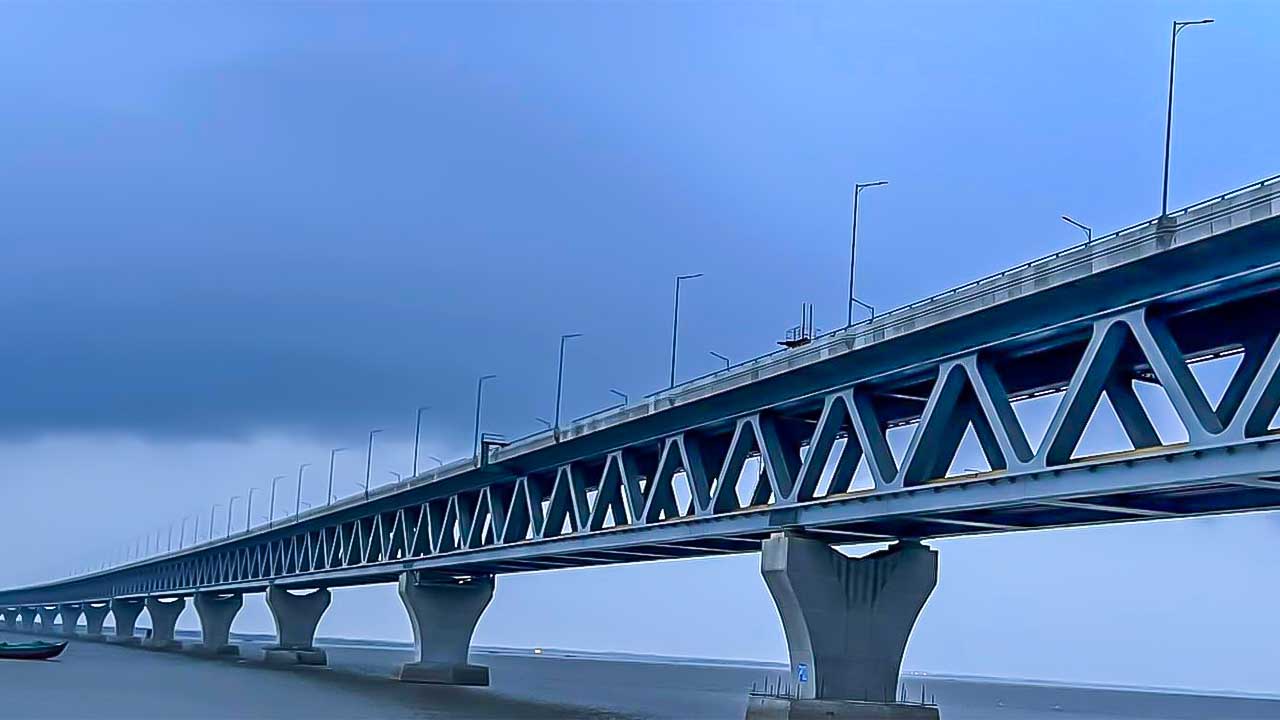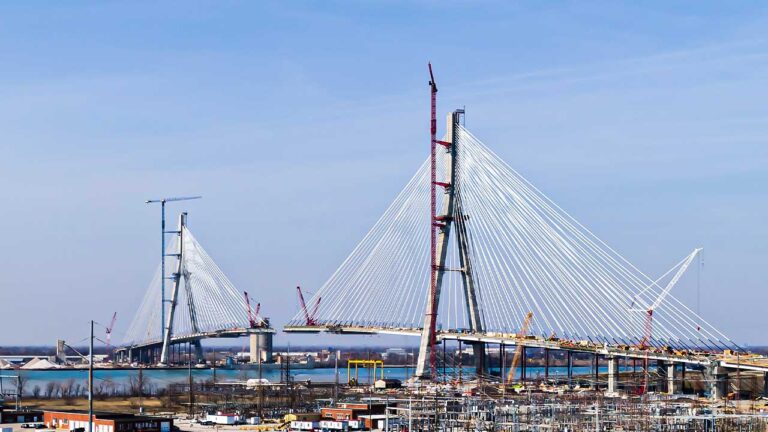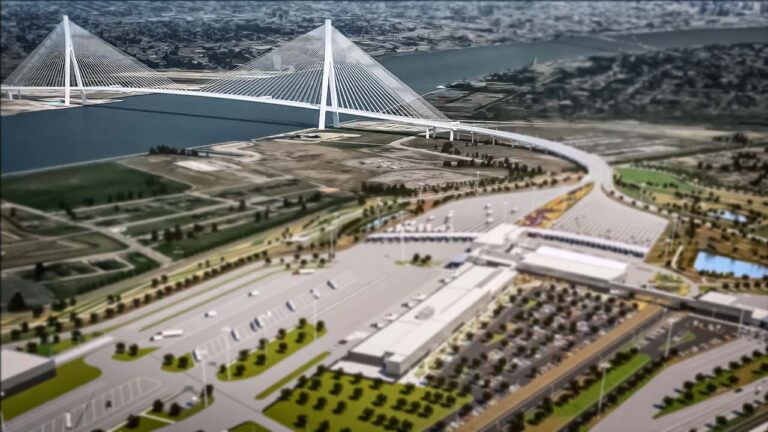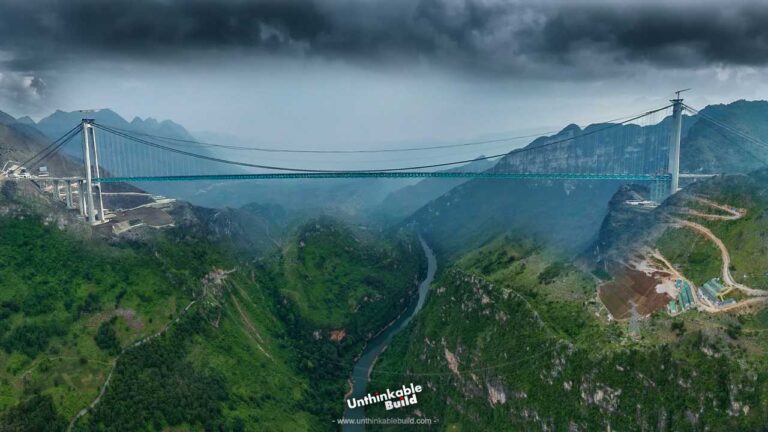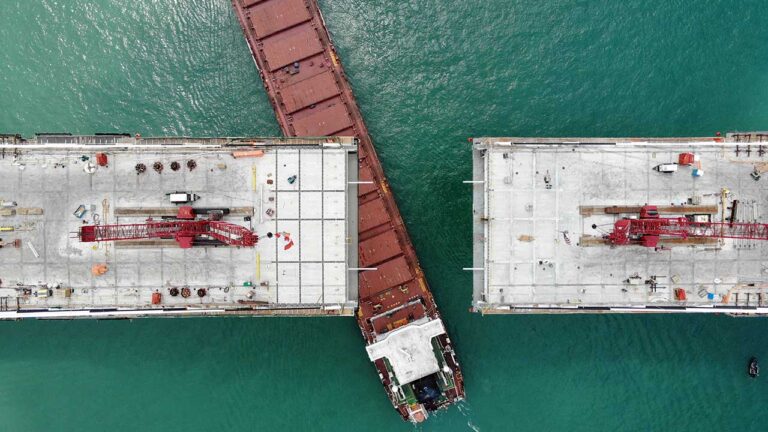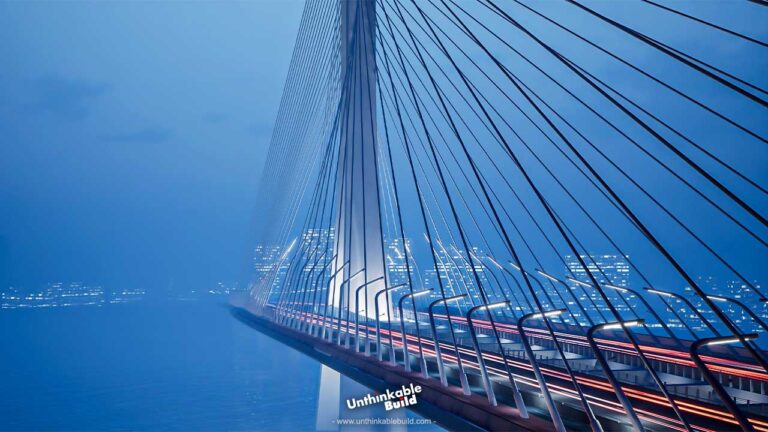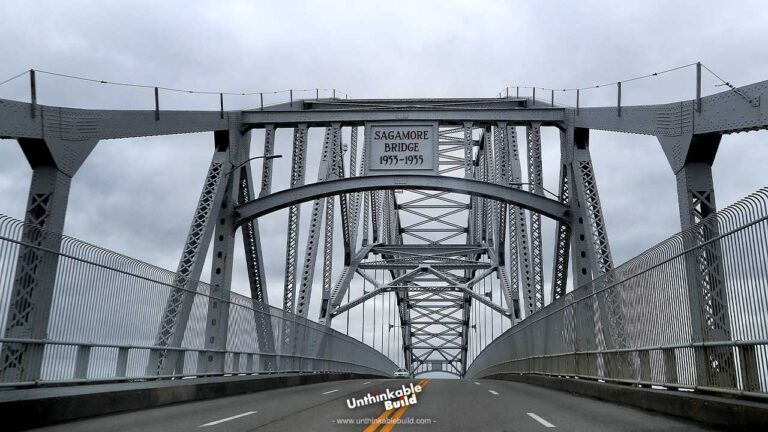China Surpasses Europe in Bridge Technology by Building the Padma Bridge
Bangladesh, a South Asian country, is distinguished by its lush greenery and numerous waterways. This nation is home to approximately 230 River Channels, making it one of the most densely river-populated regions in the world. Its most prominent geographic feature is the Ganges-Brahmaputra delta — the largest river delta on earth, formed at the confluence of the Ganges (Padma), Brahmaputra (Jamuna), and Meghna rivers along with their tributaries. This extensive delta, merging into the Bay of Bengal, creates a distinctive and complex geography that serves as both a boon and a challenge for the country. The vast network of rivers traversing through the delta renders Bangladesh highly fertile, yet simultaneously prone to frequent flooding, particularly during the monsoon season.
This wide river system effectively divides Bangladesh into southwest and northeast regions. For decades, people of Eastern Bangladesh have relied on boats for connecting with the Western part. During the rainy season, navigating these rivers becomes particularly dangerous and time-consuming, often taking three to four times longer than usual. In response, the Bangladeshi government has prioritized the construction of a bridge to enhance transportation, safety, and connectivity between these two key regions.
The Padma Bridge was Bangladesh’s largest project, estimated at $3.6 Billion to complete. The bridge is considered to be the most challenging construction project in the history of Bangladesh, the steel truss bridge carries a four-lane highway on the upper level and a single-track railway on the lower level. It was initially supposed to open to the public in 2013 but future of the project became uncertain when, in June 2012, the World Bank cancelled its $1.2 Billion loan due to corruption allegations. In June 2014, the government of Bangladesh decided to proceed without the loan. However, the government soon realized it lacked skilled workers for such a project. Consequently, Bangladesh issued public tenders to bridge companies worldwide. Despite the significance of the order, the response was disappointing. News of the project prompted interest from several countries, but upon reviewing the specific requirements, they all declined the opportunity.
Also Read: 10 Future Tallest Skyscrapers Taking Shape in 2024
China’s infrastructure capabilities are impressive, as demonstrated by their willingness to take on a challenging project in Bangladesh. While several countries hesitated to accept a $3.6 Billion bridge construction project in Bangladesh, China stepped forward with confidence. Known globally for their infrastructure prowess, China has a history of completing demanding projects with quality and speed. Examples include the Hamilton Bridge in the United States, the Merowe Dam in Sudan, and the Gantas Tunnel in North Africa. This project was particularly difficult due to its size and complexity, but China’s expertise and determination led to its successful completion, showcasing their ability to tackle tough infrastructure tasks that others might find daunting.
Building a bridge over the Padma River in Bangladesh was a huge challenge for several reasons. First, the river flows very fast, making it dangerous for the bridge piers. As soon as a pier was built, there was a risk of it being washed away by the strong river currents. Even if a pier stayed put for a while, there were concerns about how long it would last against such forceful water.
Secondly, the water in the Padma River contains a lot of sand, which can cause sediment to build up in the channel. The soil on both sides of the river, made up mostly of soft clay and silt, is too fragile to support heavy water projects. This soft soil is also a problem for the local residents, who build their houses on it. During the rainy season, the flooding often causes these houses to collapse, showing how challenging it is to construct something durable in this environment.
Lastly, Bangladesh’s tropical monsoon climate, which is hot and rainy for half of the year, adds to the difficulty. The heat and humidity make it hard for important building materials like cement and concrete to set properly. Plus, metal parts are more likely to rust in these conditions. Frequent floods and hurricanes also pose significant risks to construction safety. Due to these extreme challenges, many well-known bridge companies declined the project, and the Bangladeshi government had to put their dream of building a bridge on hold, as even European countries stepped back from this daunting task.
When China Major Bridge Engineering Co. Ltd. took on the task of building a bridge over the Padma River in Bangladesh, many were skeptical. China, known for its high-quality and affordable infrastructure projects, faced numerous challenges with this project. Despite the doubts, China didn’t back down. The Chinese Railway Corporation got involved in surveying and designing the bridge, even though resources in Bangladesh were scarce, especially rocks which are essential for making cement.
The Chinese experts came up with innovative solutions. They designed the bridge as a multi-girder combined steel truss bridge, with expansion joints between sections and a continuous steel truss combined beam structure. The bridge consists of 41 Sections, each 150.12 metres (492.5 ft) long and 22 metres (72 ft) wide, with a total length of 6.15 km (3.82 mi). It is the longest bridge in Bangladesh, the longest bridge over the river Ganges by both span and total length, and features the highest pile depth of any bridge in the world at 120 metres (390 ft). It is the deepest bridge in the world, with piles installed as deep as 127 metres. The construction of the bridge was considered to be especially challenging due to width and depth of the Padma River.
The Padma Bridge has been a major development for Bangladesh. It’s expected to increase the country’s GDP by about 1.23%. The bridge connects 21 Districts, many of which are poorer, to other regions, which should help reduce poverty. Since the bridge opened, there’s been more business activity in the southwest, with big companies starting operations there. The government plans to set up 17 Economic Zones in these areas. In its first year, the bridge earned around Tk 800 Crore in tolls, with over 15,000 Vehicles crossing daily. The government is also working on projects like the Dhaka-Mawa-Bhanga Elevated Expressway to improve travel across the bridge. This has boosted industries like steel and cement manufacturing in Bangladesh.
Also Read: Reconstruction of the World’s Most Dangerous Salang Tunnel
Moreover, the bridge construction created job opportunities for nearly 50,000 Local People. They worked in different sectors such as electric welding, steel reinforcement, and hoisting. This project not only provided them with employment but also helped them enhance their technical skills. These skills are now valuable for other infrastructure projects across Bangladesh. Additionally, experts believe that the completion of the bridge will lead to more job opportunities, particularly in Southern Bangladesh, further boosting the local economy and improving livelihoods.
The Padma Bridge holds great promise for the future. The local government plans to use it as a center for new economic development, building business and high-tech parks to attract investment. This development is expected to boost the local economy, especially along the bridge area. The bridge will also give a big boost to Bangladesh’s tourism industry.
Transportation has been greatly improved by the bridge. Before, people had to take a boat to cross the river, which could take one to two hours in the dry season and up to seven or eight hours in the rainy season. Now, the journey takes just 10 Minutes.
For China, the bridge’s completion is also significant. It has provided China with valuable experience in bridge construction, despite the many challenges faced. Being the longest bridge over the Ganges River, its successful construction has enhanced China’s international influence in infrastructure and is a powerful advertisement for Chinese bridge enterprises.
Furthermore, the bridge is a key link connecting China with Southeast Asia. It fills a crucial gap in the Belt and Road Initiative (BRI), facilitating economic cooperation between Bangladesh, India, and Myanmar. It also opens a new sea route for the inland areas of Southwest China, expanding its reach. This project has strengthened the relationship between China and Bangladesh, paving the way for more win-win cooperation in various fields.

